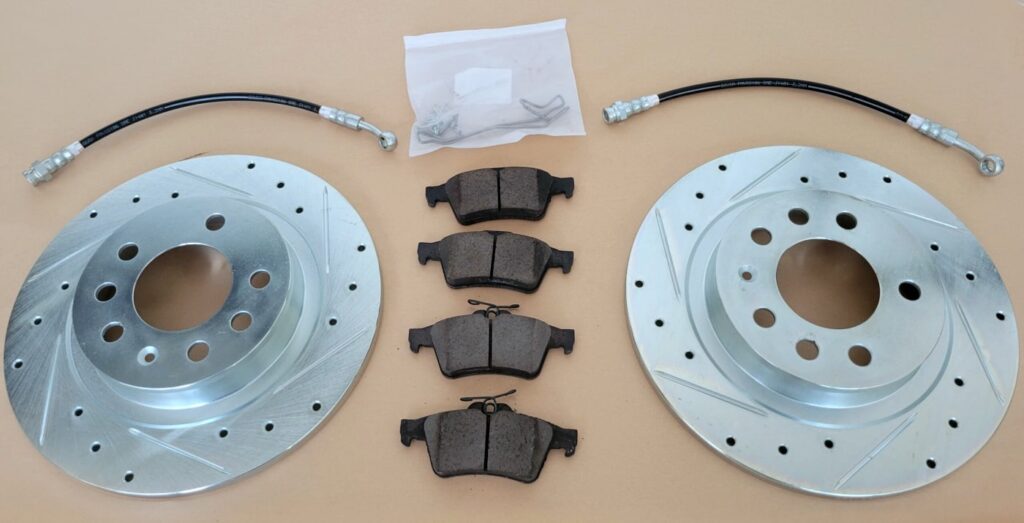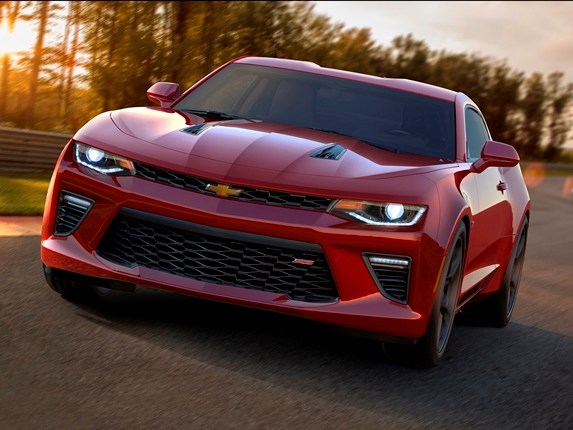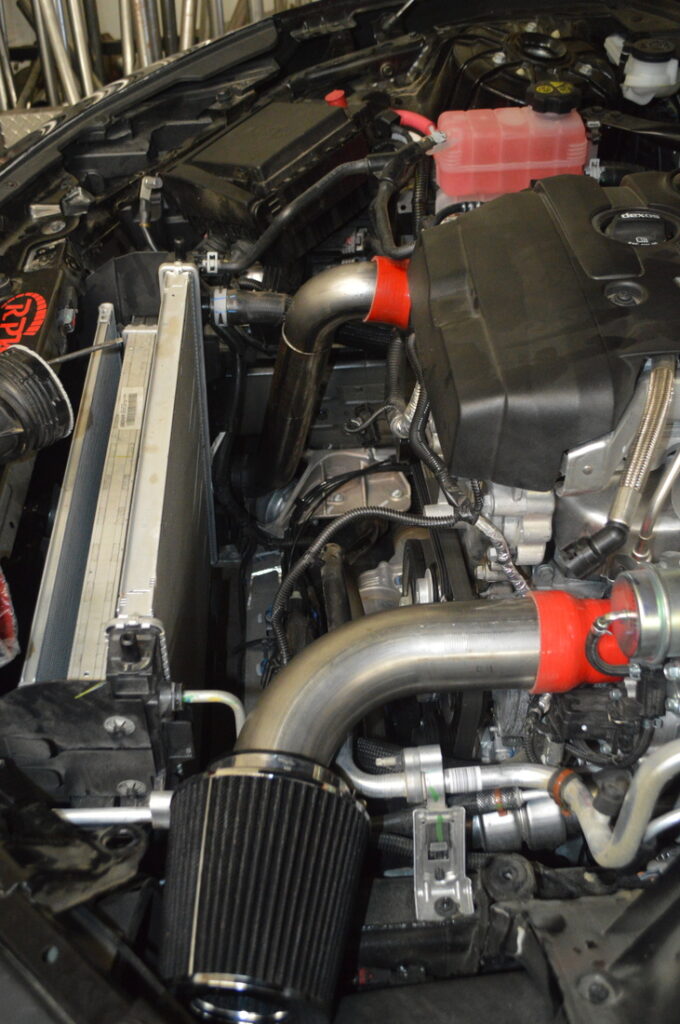
Are you looking to elevate the performance of your Pontiac Solstice or Saturn Sky? Look no further than upgrading your braking system with a Brembo Big Front Brake Kit. In this post, we’ll delve into how this upgrade can transform your driving experience, enhancing both safety and performance on the road or track.
In todays world of modern electronically controlled engines we have to be very carful about what we purchase when it comes to anything called “Tuning”. There are so many “Scams” up for sale in popular places like EBAY and you really need understand what “Tuning “ is before you purchase anything…

At RPM-Motorsports we have been working with the GM Ecotec Platform since 2004, and have seen a few different generations of ECUs come and go over the years. We started off with tuning the Ecotec way back when the little Chevy Cavalier gave you practically less options to adjust than a common household VCR. Over […]

We have the Charge Pipes, the Cold Air Intake, and Down-pipe in final stages of R&D… We have a few Bar & Plate Cores being delivered today so that we can get the new upgraded intercooler built and we picked up the new TD04 Turbocharger from our turbo build shop… it has a 60mm billet […]
We don’t often share what goes on in the shop on a day to day basis, and have generally posted products only when they are fully developed. Today we wanted to peel back the curtain a little bit and begin talking about products that we are currently developing in-house. Thanks to customer Michael L. for […]
Over the years we have inevitably run into customers who were tuned by other shops at some point in the car’s life. Sometimes the customer we are dealing with is aware of the tune, and other times they are secondary owners that had no clue what work the previous owner had done to the car. […]
Did you buy your car used? Not the first owner? Ever wonder what has been done to your cars ECM… is it stock? Is it tuned? If it’s tuned, does it have a “good” tune? What about the general health of your car??? Is it fueling properly? Does it knock under acceleration? With some vehicle’s […]
Being in the performance business we often get asked by our customers, “Which one is better: a supercharger or a turbo?” If this were 20 years ago the answer would be pretty cut and dry, as you’ve probably heard the old adage that Superchargers are better for low end power and Turbos are better for […]

RPM-Motorsports has been offering custom ECU tuning for over a decade using the HPTuners software. We are pleased to announce that we have decided to become an authorized HPTuners dealer so that we can offer their top quality tuning cables and hardware to our customers directly. What this means for our customers is the ability […]
We recently sent out some of our V-Tuner kits to customers across the country who purchased the Stage 2 Kits from our online store. Instead of having the customer mail us their ECU and wait until they get the new ECU back to drive it again, our process does not involve ANY downtime. From the […]




